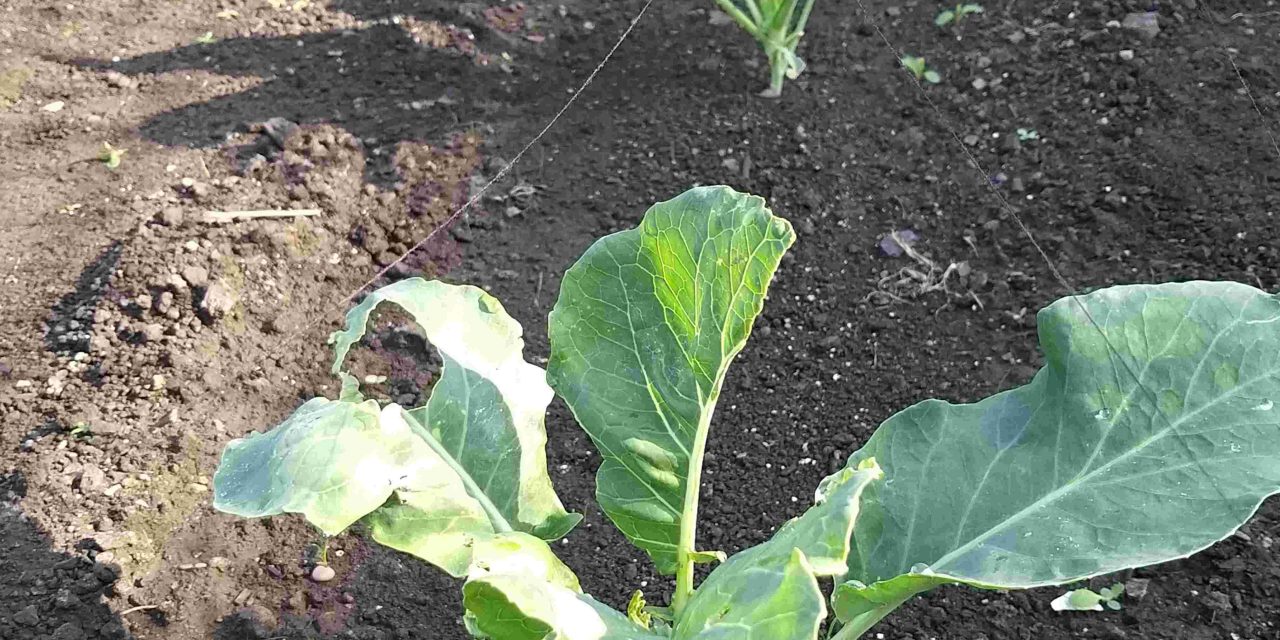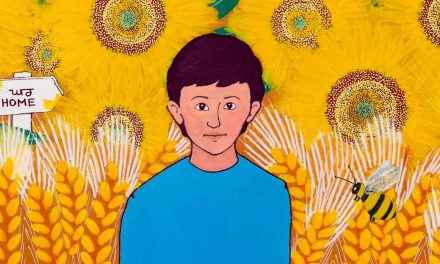But it was Gatlinburg in mid-July and I had
just hit town and my throat was dry.
I’d thought I’d stop and have myself a brew.
At an old saloon in a street of mud
and at a table dealing stud sat the dirty,
mangy dog that named me Sue.
A poem by Shel Silverstein, adapted and sung by Johnny Cash.
By Gordon the Gardener
Wood pigeons are the bane of the allotment gardener’s life. They are very fond of brassicas, cabbage and cauliflowers and can ruin a crop like a plague of locusts.
But there is a simple way to trick them – black cotton thread. This can be attached – loosely to split canes, so that it moves slightly in the breeze. This is suspicious to a bird and they will keep away from anything they are unsure about.
Using the above is simple and a cheap way to prevent damage. Some use net placed right over the crop, but it is cumbersome. And black cotton is the better option. But remember to remove the cotton after your crops are harvested, as if left hedgehogs can get tangled up in the thread.
And while we are on the subject of hedgehogs, remember when using strimmers to be mindful of hogs. Always keep a keen eye out when strimming areas of thicket, where the hogs love to play.
A strimmer can easily take off a leg and be fatal to the wandering hedgehog, especially at this time of year when young ones are venturing out.
A weapon to use against white fly are the large yellow sticky traps. Place these on sticks in between the brassicas.
These can be useful if the plants already have a bad attack. Simply shake the plants and the white fly will fly off straight onto the bright yellow traps. A few shakes every day on passing gives good control of this pesky nuisance.
July can be a very dry month so continue watering ‘little and often’ if dry. It will soon be time to start harvesting French/broad and runner beans. Continue succession sowing of salad crops.
Feeding is key in the greenhouse especially cucumbers who are ‘gross’ feeders. Tomatoes should be well set with fruit and good high phosphate tomato feed will encourage fruit growth.
Problems such as blossom end rot and splitting of the fruit are brought on by intermittent watering – so don’t let them go dry at the roots, but don’t also over water especially during periods of cool and wet weather.
The Salpiglossis and Savias I grew from seed have been a success and the colours go well together. Matching colours well is a technique every gardener can use to get better effects.
Shading, as I said last month, keeps the temperature down during spells of hot weather. Shade can be in the form of a liquid mixed and applied with a brush or with a green fine mesh put over the glass as I do.

I was sent a photograph of a floral crown beautifully crafted by Torquay parks department to celebrate the coronation of King Charles III. So I thought I would give this carpet sculpture a try myself – watch this space to see if I have been successful.
Catch up on Gordon’s monthly blogs HERE


















